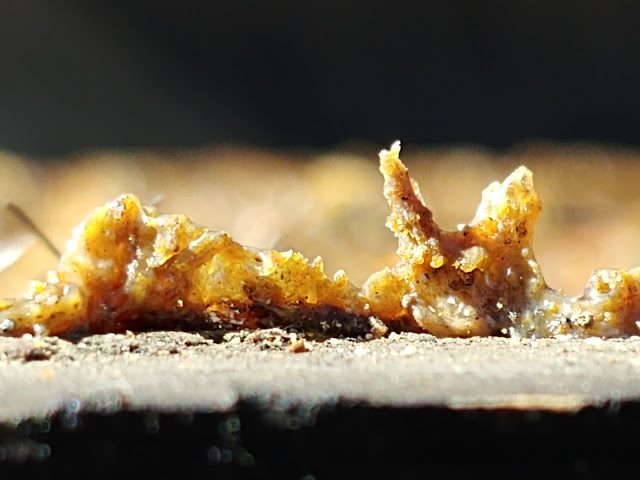Common Backyard Beekeeping Terms
Backyard Beginner Beekeeping
I want to share with you a small list of the most common backyard beekeeping terms that you will need to know and understand.
Common Backyard Beekeeping Terms
Apiary: An apiary is the location where a beehive is kept, it can consist of one hive or many hives in a rural or urban location.
Bee Space: An average distance bees maintain around and between combs and nest surfaces, usually about 3/8 inch.
Bottom Board: The floor of a bee hive.
Brood: All immature phases of the bee. This includes: egg, larvae, and pupae.
Capped Brood: Pupae that is covered by wax covering, in the final stages of development.
Capping: Beeswax covering the cells of brood or honey
Cell: Individual hexagonal unit in a comb. These hold brood, nectar/honey or pollen.
Deep : Deeps, known as a hive body or brood box, are usually reserved for housing the queen and producing brood. It sits directly on top of the bottom board.
Drone: A drone is a male honey bee. Drones have large eyes, and no stinger Drones are much larger than female worker bees. The only purpose of a drone is to mate with a virgin queen. In spring and summer, colonies raise hundreds of drones. In fall and winter, female workers force drones out of the hive.
Drone Cell: Drone cells are larger, more of a bullet shape. In the image above you can see many drone cells clustered in the corner.
Foundation: Sheets of beeswax, imprinted with hexagonal shapes of cells. Foundations, used to encourage bees to build standardized comb which keeps the hive nice and tidy.
Frame: The wooden structure to support the comb of beeswax. A frame consists of four parts: a top bar, two end bars and a bottom bar.
Hive Tool: The tool designed to pry apart parts of the hives without doing damage to the wood.
Honey Super: A honey super is reserved for honey production. Honey supers are often called, medium super, or shallow super.
Inner Cover: An inner cover is placed just under the outer cover. The inner cover prevents the bees from propolizing the outer cover shut. It is helpful in ventilation and feeding.
Terms For Beekeeping
Larva: One of three development stages. After the queen lays the egg, it hatches and becomes the larva. It looks like a white grub.
Medium: Mediums are a size of hive body that can be used for the brood chamber and/or for honey production.
Nectar: The sugary liquid secreted by plants to attract pollinators, and collected by bees as a source of carbohydrates.
Pheromone: A chemical excreted by the honey bee that stimulates a response in other bees. The honey bee use pheromones to communicate and alert other guard bees to a potential threat.
Pollen: Collected by bees from flowering plants, pollen is a source of protein for honey bees. Pollen is gathered and stored on the hind legs bees, in a special area, known as the pollen basket. Not really a basket but specialized hairs!
 |
| Propolis |
Beekeeping Terms
Propolis: Known as bee glue, collected by bees from plant resin and used to seal cracks within the hive.
Queen: One of two females, workers and the queen, in the bee colony. The queen is the only bee fully functional re-productively.
Queen Cell: A cell of an immature queen. It is an elongated cell with the opening of the cell facing downward.
Royal Jelly: Fed by nurse bees to female larvae to trigger development of queen like characters; such a full sized ovaries, the ability to mate and store sperm. All larva are fed royal jelly for the first three days of life. Larva chosen to be queens are bathed in royal jelly. Queen bees are fed royal jelly throughout their life.
Swarm: Swarming is a natural process for a healthy colony. When a hive swarms, the old queen and up to 60% of the worker bees flyaway. The swarm will begin the search for a new home to form a colony. The bees left behind will raise a new queen.
Worker Bee: Worker bees are female bees that are responsible for maintaining the nest.
You can download a list of beginner terms here.
Once you use a word three times it is yours! It helps to be precise when discussing your hives so learn to use them.




Comments
Post a Comment
We love hearing from you!
Express yourself clearly and use sources when possible.